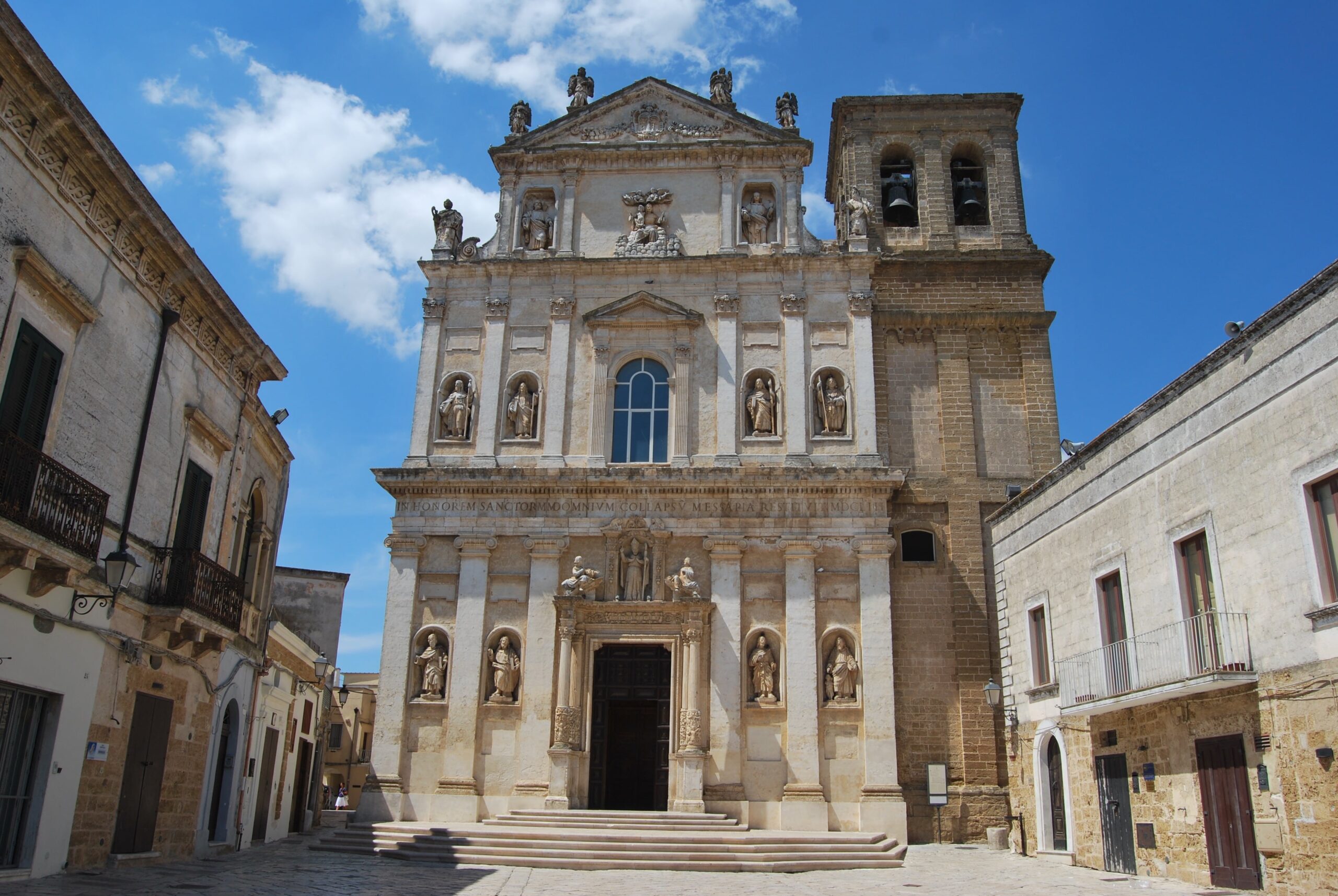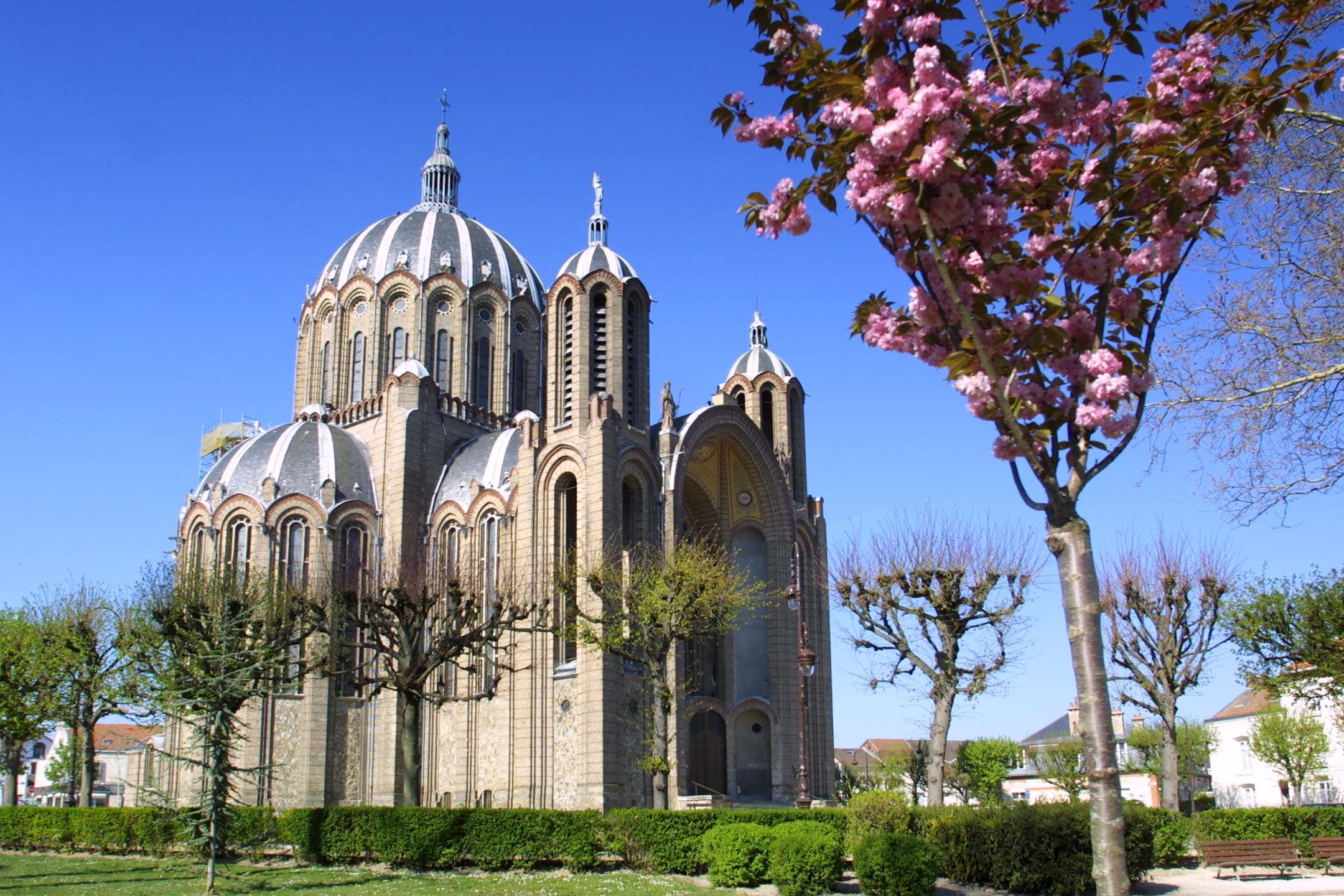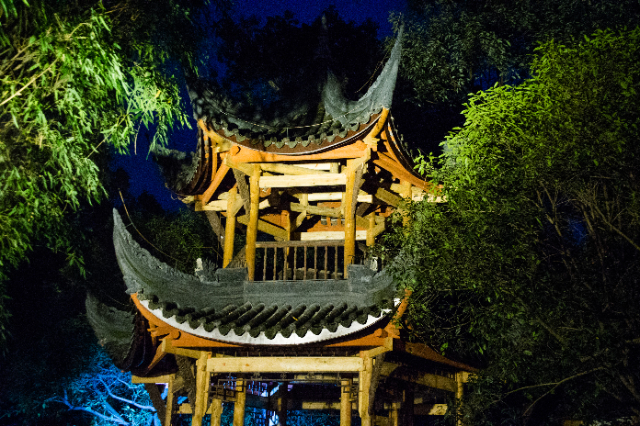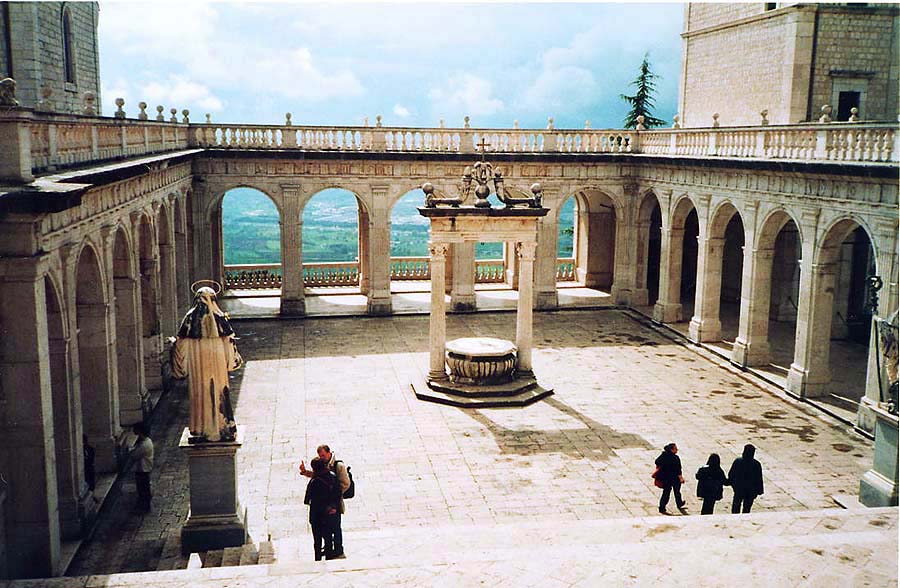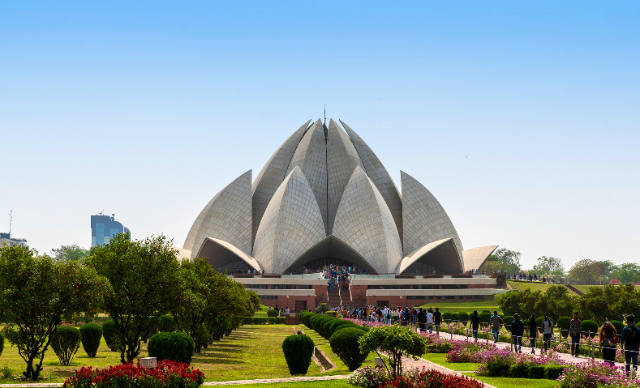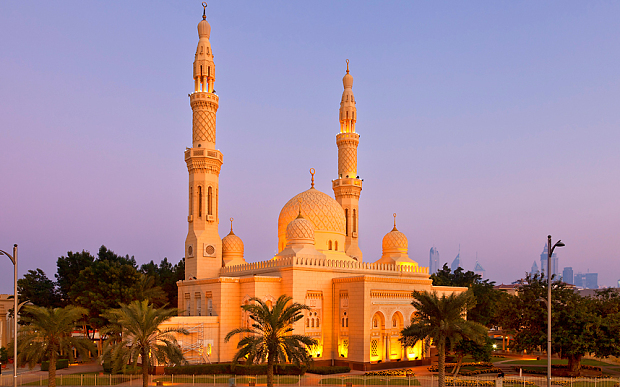The mid-seventeenth century represented for Mesagne a period of great urban transformations. Baroque art, typical of the period, found in the church matrix one of its first expressions. Built between 1649 and 1660, it took the place of a pre-existing Byzantine church, dedicated to San Nicola Vetere, of which traces remain in the crypt under the high altar.
The new building, dedicated to All Saints, was designed by the famous architect Francesco Capodieci.
The facade is divided into three orders, marked by niches, with figures of the apostles, and long pilasters that accentuate the sense of verticality.
The portal, part of the original sixteenth century, is surmounted by S. Eleuterio, the first protector of the city, Corebo and Antea. On the upper order there is a bas-relief representing the Madonna del Carmine and the civic coat of arms, while the tympanum is crowned by angelic figures.
The interior of the church, in the shape of a Latin cross with a single nave, was entirely rebuilt in the second half of the eighteenth century. Splendid altars parade along the side walls, each one embellished with paintings of inestimable value. The creators of the numerous works were artists of the Neapolitan school and local painters and sculptors.
Among the most valuable paintings are the Assumption by Saverio Lillo da Ruffano, the Madonna del Carmine by the Neapolitan Giuseppe Bonito and the Adoration of the Shepherds by Gian Pietro Zullo, Andrea Cunavi and Domenico Pinca. A fine pipe organ dominates the choir, the work of the undisputed maestro Tommaso Mauro, from Muro Leccese.
